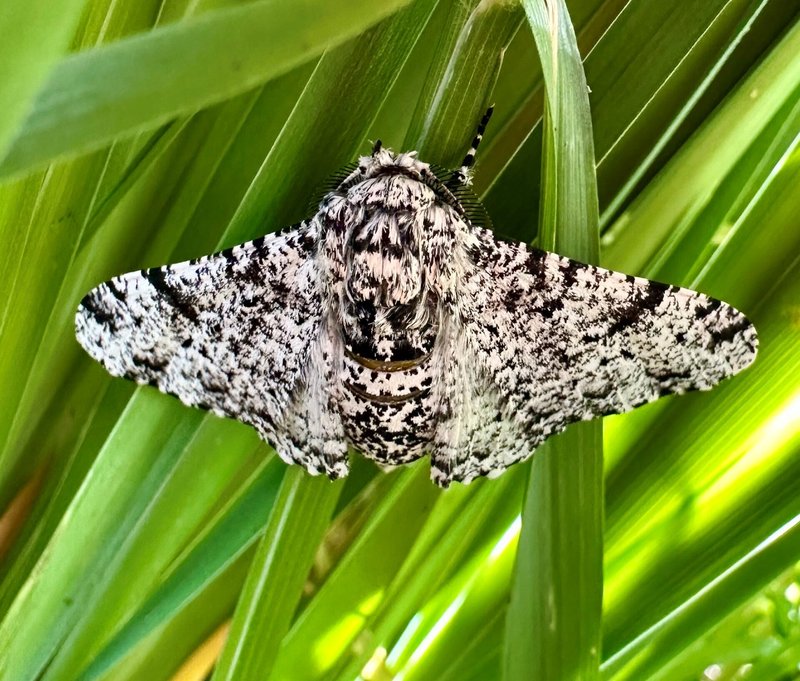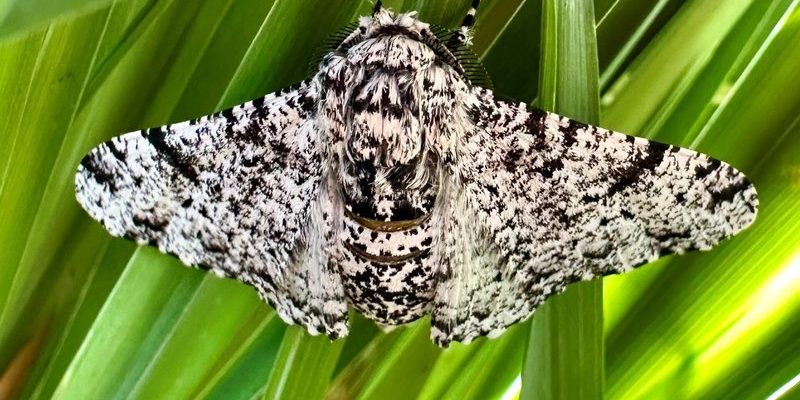
Moths, part of the order Lepidoptera, which also includes butterflies, rely on various methods to connect with each other. From pheromones to sound, their communication is essential for mating, navigation, and even avoiding predators. Just as we use words, gestures, and body language, moths have their own set of signals to express needs and desires. So, if you’ve ever wondered how these little creatures relay messages in the dark, let’s dive deeper!
The Role of Pheromones in Moth Communication
One of the primary ways moths communicate is through the use of pheromones. These are chemical signals released into the air to convey messages. Imagine a love letter written in the air, guiding a potential mate right to your door! Female moths often release pheromones to attract males from great distances.
When a female moth is ready to mate, she emits specific pheromones that can travel significant distances. Male moths have specialized receptors on their antennae that can pick up these scents from far away. It’s like they have an invisible GPS leading them to the source of the pheromones. This process is not just about attraction, though; it can also involve complex interactions where different species have evolved unique chemical signals to avoid confusion.
Interestingly, the strength and type of pheromone can indicate something about the female’s readiness. A stronger scent might signal that she’s very receptive, while a weaker scent could mean she’s just starting her mating cycle. Overall, this chemical chatter plays a crucial role in the reproductive success of moths and helps maintain their populations.
Sound Communication: The Moth’s Hidden Music
While pheromones are the primary mode of communication, moths also use sound. Though you might not think of moths as “musical,” they can produce sounds through a process known as stridulation. This involves rubbing certain body parts together, much like how a musician plays strings on a guitar.
Some species of moths create sounds to attract mates or even to ward off predators. For example, certain moths can mimic the sounds made by bats, their natural predators. By doing so, they can confuse the bats, making it harder for them to catch their prey. It’s like a moth playing a clever game of hide and seek in the dark!
Additionally, these sounds can also serve as warnings to other moths within the vicinity. If a moth detects danger, it might produce a certain sound to alert others of the threat. This aspect of communication further emphasizes how interconnected these creatures are, relying on both chemical and acoustic signals to navigate their world.
Visual Signals and Moth Behavior
While most moth communication is subtle, some species do use visual cues, especially during mating rituals. Think of it like a dance! Male moths often engage in elaborate displays that showcase their wing patterns. These patterns can communicate fitness and attractiveness to potential mates.
For instance, when a male spots a female, he may flutter his wings in a certain way to display his colors and patterns. This showcase not only demonstrates his vitality but also his genetic makeup, giving the female clues about his health. The more vibrant and well-patterned the moth, the more appealing he may seem to potential mates.
Moths also communicate with rapid movements or postures. If feeling threatened, some moths might spread their wings wide to reveal bright colors or eye patterns that can startle predators. It’s like a moth’s version of putting on a brave face or a defense mechanism rolled into one.
Social Interaction: The Moth Community
Believe it or not, moths can be social creatures, especially in certain species. Moths may gather in groups, particularly around food sources like lights or nectar-rich flowers. These gatherings can be mistaken for random flutters, but they often involve complex interactions.
In these “moth parties,” individuals may engage in courtship displays, pheromone exchanges, and even compete for mates or resources. It’s a bustling social scene, albeit a quieter one than what we’re used to as humans.
This social behavior can help ensure genetic diversity within moth populations. By interacting with multiple partners, moths can strengthen the gene pool and adapt more easily to changing environments. So, the next time you see a group of moths around your porch light, remember that they’re not just hanging out; they’re participating in a lively social event!
How Environmental Changes Affect Moth Communication
Moths are incredibly adaptive creatures, but environmental changes can impact how they communicate. For example, light pollution has been shown to disrupt moth navigation and mating habits. When urban areas brighten the night sky, moths can become disoriented, which affects their ability to find mates through pheromones.
Moreover, climate change can alter the timing of moth life cycles. If temperatures rise and food sources become limited, moths might struggle to communicate effectively. This can lead to mismatched mating seasons and decreased populations.
Furthermore, habitat destruction can impact the availability of key resources. For instance, if certain plants that produce attractive pheromones or food sources are lost, moths may find it harder to communicate and thrive. It’s a reminder of how interconnected all life forms are and how changes in one aspect of the environment can ripple through the ecosystem.
Moths may seem like simple insects flitting about in the dark, but their communication methods are rich and varied. From pheromones that ignite attraction to sounds that help them avoid predators, these creatures have developed complex systems to interact. Their silent dances and social gatherings, all while navigating environmental challenges, reveal a world that’s anything but basic.
Understanding how moths communicate not only enriches our knowledge of these fascinating insects but also highlights the importance of preserving their habitats. Every whisper and flutter provides insight into how life works in the shadows. So, the next time you see a moth, take a moment to appreciate the hidden conversations happening right before your eyes.

